Meet Amanda Bastoni, educational research scientist at CAST. Her name may sound familiar; she’s written for Techniques before! And Bastoni just joined the ACTE team as our new inclusion, access, equity and diversity (IAED) coordinator. In this volunteer role, she will oversee IAED program activities and help facilitate the professional development of leaders who seek to build stronger career and technical education (CTE) programs of study for all learners.
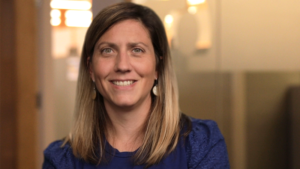
But first Bastoni sat down with Lia Milgram, managing editor of Techniques, to say hello and talk about the positive impact she feels she can have on the CTE community through her work with ACTE.
Tell me a little about your role in career and technical education. What do you do?
I am a former CTE photo/video teacher and CTE director in New Hampshire. Also, my dad is a retired CTE teacher. My husband works as a CTE manufacturing teacher, and my son has taken CTE welding, woodworking and engineering courses. He is headed off to college at a maritime academy with a hands-on focus. So, jokingly I like to say CTE is in my DNA!
Now, as part of the workforce development team at CAST, I use UDL to help CTE teachers solve problems of practice and increase pathways for all learners — especially special populations. My favorite part of my job is working with CTE teachers directly to redesign lessons and think creatively about teaching. Right now, I’m also very interested in working with local agencies and national organizations to remove barriers and utilize local assets to increase access to high-wage, high-demand CTE and STEM pathways for rural populations.
What was your educational experience like? What did you study?
I was often seen as a challenging student. I loved learning, but I have ADHD. So, I was always getting in trouble for blurting out answers without raising my hand. Unfortunately, many of my early experiences in school left me feeling discouraged and misunderstood. My high school didn’t offer any career and technical education options. But looking back, I think I would have benefited from the inherent opportunities offered through CTE. Particularly, CTE makes career connections and places value in a range of seemingly nontraditional skills.
After high school I went to college and earned a degree in counseling psychology. I worked as a newspaper reporter and photographer for six years and started my own photography business. During that time, I had my first child and earned a Master of Fine Arts in creative writing. After becoming a CTE teacher, I had my second child, earned a Doctor of Education in educational leadership, and became a CTE director.
What led you to your work at CAST?
In 2019, I started working at CAST as an educational scientist focused on access and equity. But I first learned about CAST while I was writing my dissertation and I immediately fell in love with the Universal Design for Learning framework, which CAST created. The framework resonated so clearly and closely with what I thought of as characteristics for good teaching. And it provided research-based best practices and tangible strategies that educators could use to support and guide the development of curriculum, lessons, and learning environments. I especially loved the ways that Universal Design for Learning promoted so many of the practices and approaches inherent in CTE. For example, to increase engagement the UDL framework recommends increasing relevance and authenticity. CTE classrooms are filled with authentic, relevant learning experiences that connect directly to future careers and goals.
Then, as a CTE director, I had the opportunity to lead my team — of biotechnology, engineering, manufacturing teachers, administrators and students — in collaboration with CAST on a grant-funded project to design and develop Biofab Explorer. Teachers, counselors and students can use this career exploration tool to build understanding of biofabrication; and it is now freely available as a Google Site, through a contract with the Advanced Regenerative Manufacturing Institute (ARMI)/Biofab USA.
When I learned that the CAST team sought to hire someone to work in workforce development I jumped at the opportunity. And I was thrilled to be eventually offered the job.
And what inspired you to take on the role of IAED coordinator for ACTE?
I was inspired to become part of the IAED team at ACTE for two very personal reasons. First, because my son has ADHD, and I watched as CTE built his self-esteem and confidence. Further, because of Anthony David. Anthony was in high school when he found himself in need of housing. My husband and I invited Anthony to come live with us — never knowing that, for seven years, we would share a home and our lives with the most incredible young man.
In high school, Anthony was passionate about graphic design. The CTE graphic design teacher mentored and guided him, offering real-world opportunities to design logos for clients outside of the school community. Anthony graduated from high school as the first in his family to do so. He graduated from college as the first in his family to do so. Now, he works as a manager at Nike and lives in his own apartment. His success drives me to help others succeed.
Our education systems face many challenges in 2022 and beyond. Please discuss what steps we can take to improve equitable access to high-quality CTE programs of study.
Brene Brown said a leader is “anyone who takes responsibility for finding the potential in people and processes.” I believe that, as school administrators and educators, this quote perfectly summarizes our mandate. It is our responsibility to ensure every child can realize their potential. All learners should leave school feeling valuable and prepared for life after high school. Every. Single. One.
I don’t know the specific order of the steps, but I know there are some real problems we need to solve.
- Awareness: All learners need to know about CTE. This could mean translating forms and marketing materials into Spanish or hosting information nights at the local YMCA. But, systematically and purposefully, we must identify strategies to promote programs and build awareness of the opportunities in CTE.
- Transportation: This is a huge barrier, especially in rural areas where public transportation is limited or nonexistent. Students with access to transportation have greater access high-quality work-based learning experiences. Solutions may include virtual internships or transportation offered to internship sites by the school district.
- Applications: Data such as attendance, GPA and letters of recommendation often weigh heavily into acceptance decisions. Consider the inequities built-in to these measures. I know students who grew up in homes with low socioeconomic status, many of whom moved several times before high school. Not only did they have sporadic attendance, but they may not have formed real relationships with any school officials who could write references for them. To solve this problem, administrators may consider adopting a lottery method. Or, to connect with students, conduct one-on-one listening sessions to better understand their motivations and challenges.
In my role as ACTE’s IAED coordinator, I hope to help change perspectives. Career and technical educators, together, we can tear down the barriers.
Realize inclusion, access, equity and diversity in CTE.
ACTE prioritizes the development of high-quality CTE programs of study for diverse audiences. Further, the Association condemns institutional racism in all forms — standing up in the name of social justice and civil rights. To put our words to action, ACTE formed an IAED Advisory Group, the purpose of which is to provide recommendations, expertise and outreach to support the realization of inclusion, access, equity and diversity in CTE.
From the work of this advisory group came the IAED Mentorship Program. ACTE founded the program to connect CTE professionals with similar goals to advance the ideals of IAED, thus developing stronger, more equity-minded leaders in our fields. ACTE has also created an extensive library of resources to support educators who seek to learn more about inclusion, access, equity and diversity.
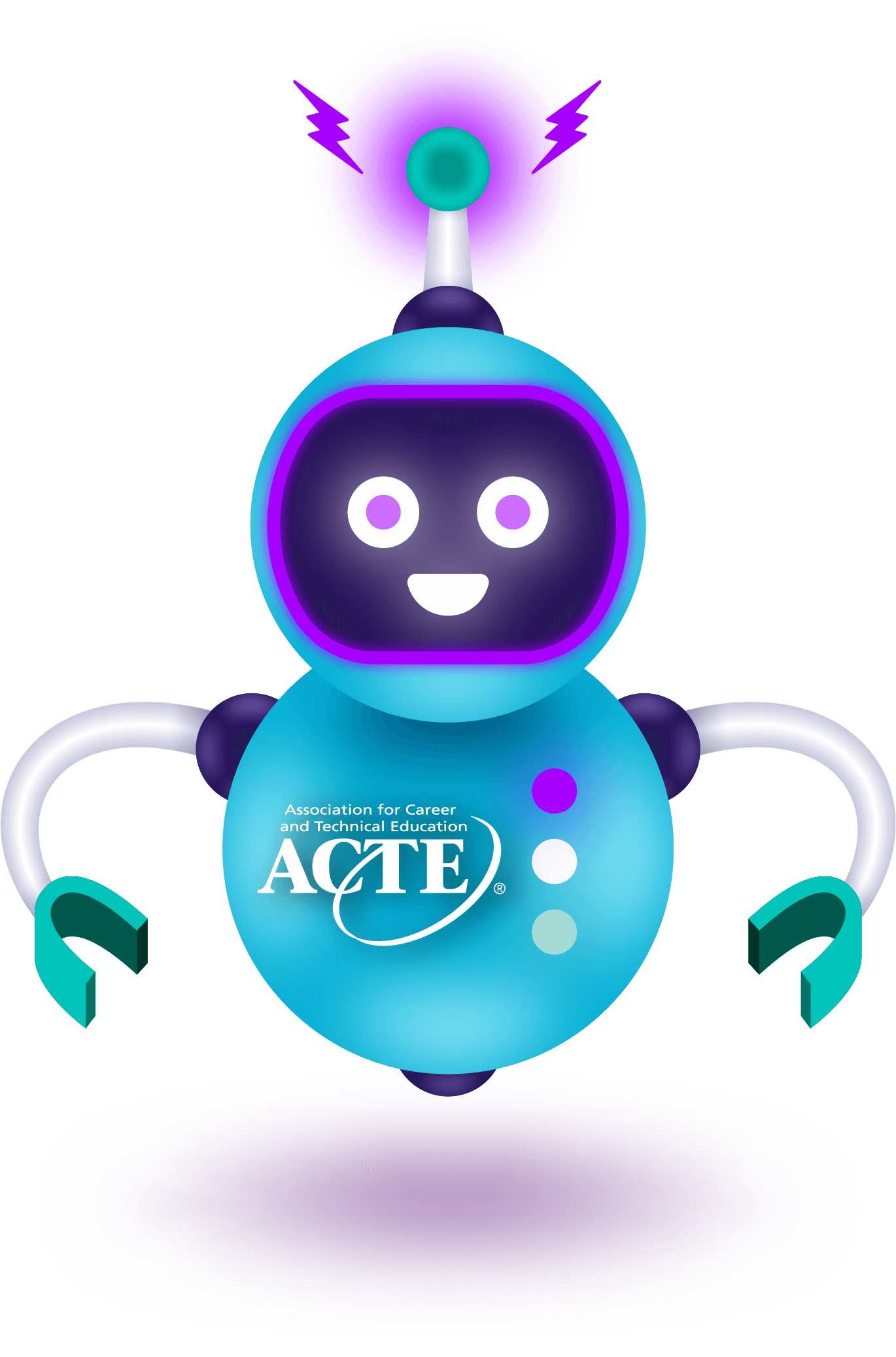
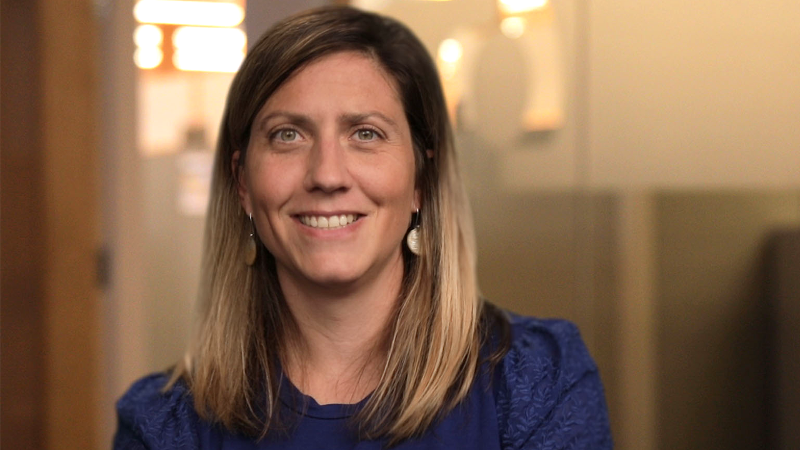
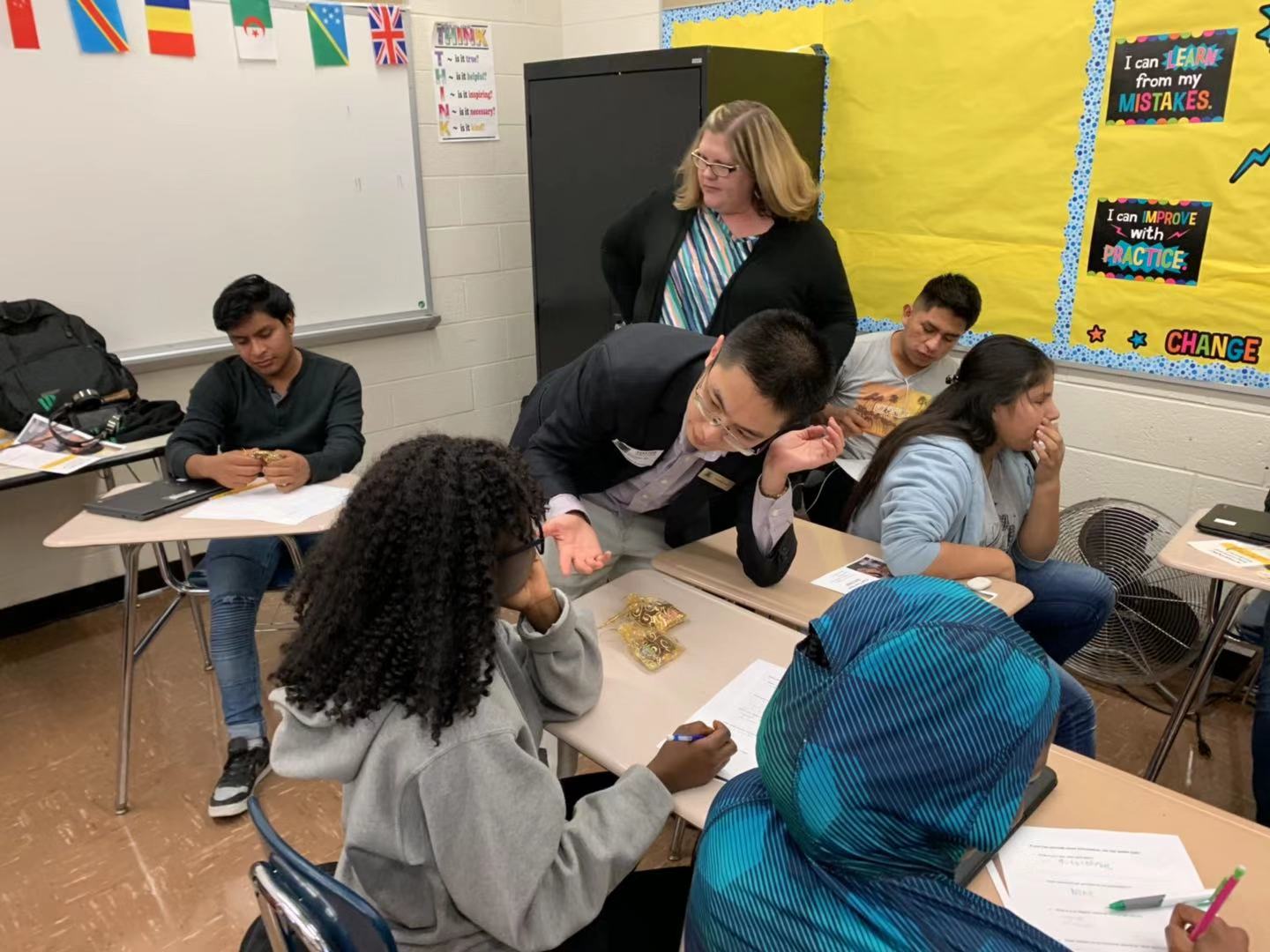
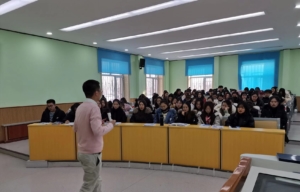
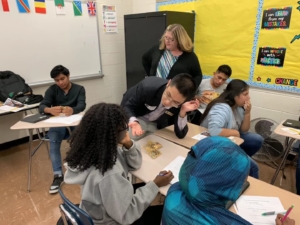
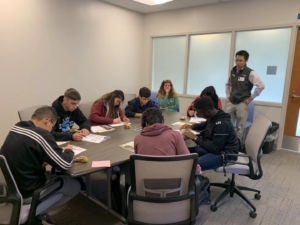

 Meet Dr. Xue Xing, assistant professor of teaching and learning at the University of Nevada, Las Vegas. Dr. Xing’s Techniques interview appears as part of a digital-exclusive spotlight series on fellows in the
Meet Dr. Xue Xing, assistant professor of teaching and learning at the University of Nevada, Las Vegas. Dr. Xing’s Techniques interview appears as part of a digital-exclusive spotlight series on fellows in the 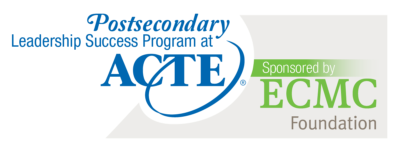
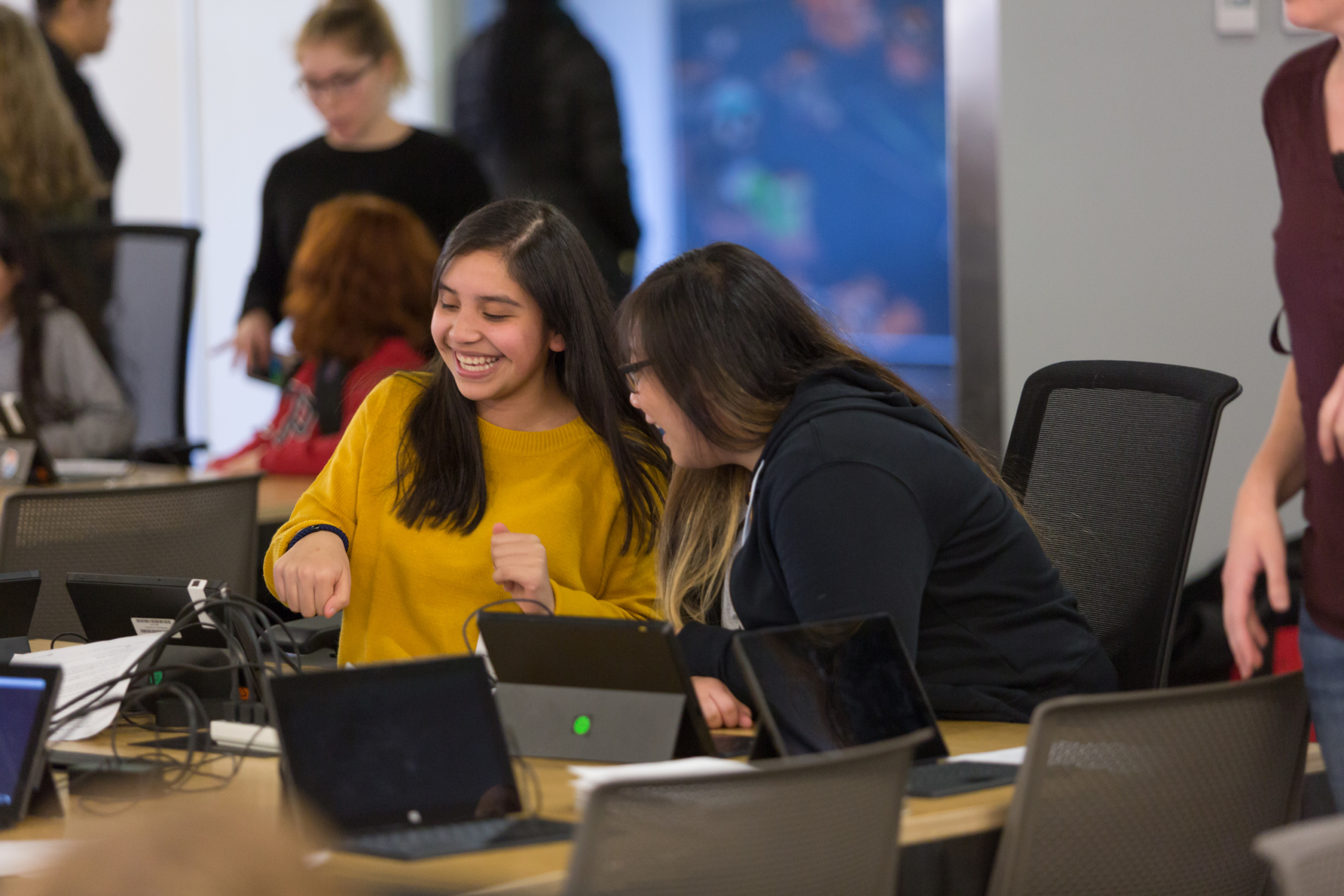

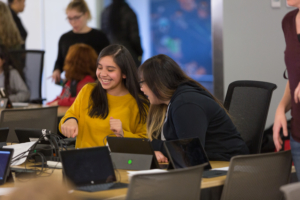
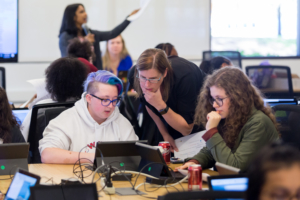
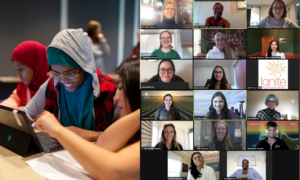
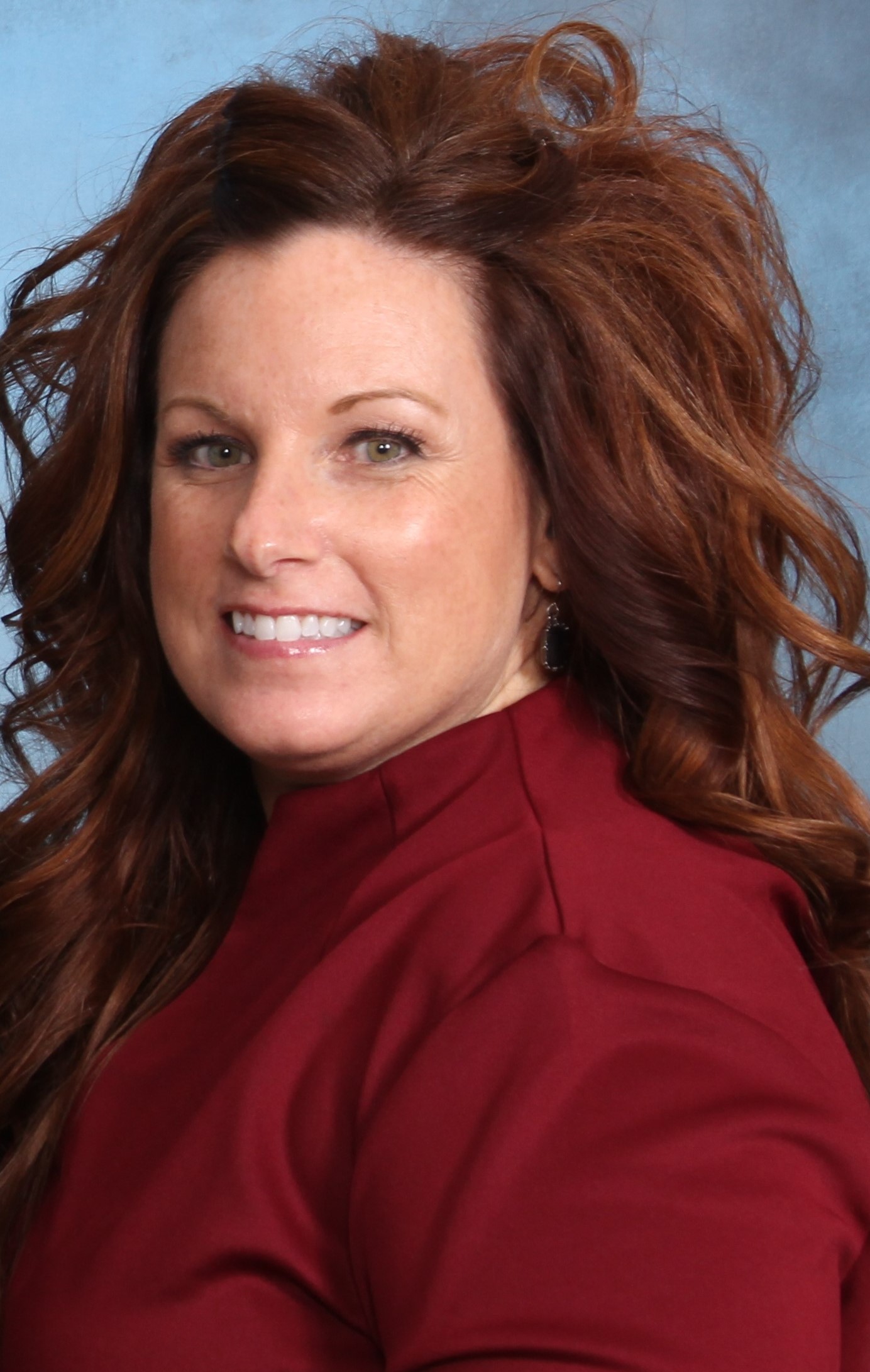
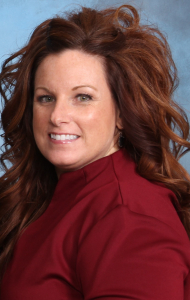 Meet Katie Vincent, director of workforce partnerships at Owensboro Community and Technical College. Vincent’s Techniques interview appears as part of a digital-exclusive spotlight series on fellows in the
Meet Katie Vincent, director of workforce partnerships at Owensboro Community and Technical College. Vincent’s Techniques interview appears as part of a digital-exclusive spotlight series on fellows in the 
 Meet Nathaniel Bryan, winner of ACTE’s
Meet Nathaniel Bryan, winner of ACTE’s  Meet Patrick Biggerstaff, winner of ACTE’s Champion for CTE Award. He works as director of career and technical education (CTE) at
Meet Patrick Biggerstaff, winner of ACTE’s Champion for CTE Award. He works as director of career and technical education (CTE) at 


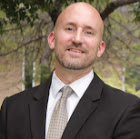 Meet C.J. Wurster, district director at Maricopa County Community College District. Wurster’s Techniques interview appears as part of a digital-exclusive spotlight series on fellows in the
Meet C.J. Wurster, district director at Maricopa County Community College District. Wurster’s Techniques interview appears as part of a digital-exclusive spotlight series on fellows in the 




